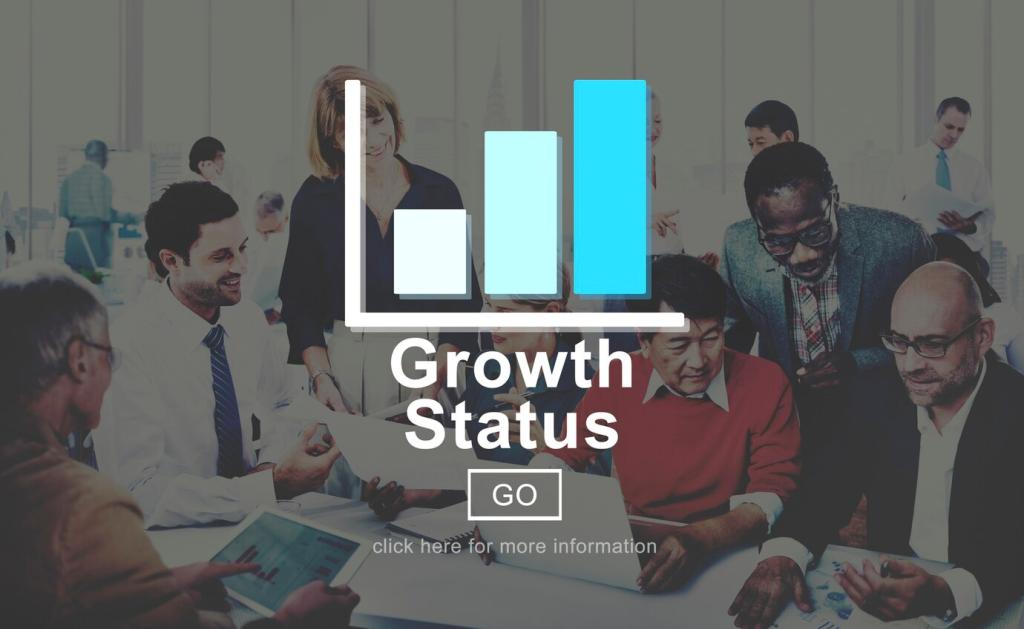This website uses cookies so that we can provide you with the best user experience possible. Cookie information is stored in your browser and performs functions such as recognising you when you return to our website and helping our team to understand which sections of the website you find most interesting and useful.
The Neuroscience of Personal Growth Coaching
The intersection of neuroscience and personal growth coaching is reshaping how we understand human transformation. By rooting coaching practices in cutting-edge scientific findings, this approach enables coaches and clients to work with, rather than against, the brain’s natural processes. This innovative synergy not only boosts self-awareness and resilience but also helps unlock lasting, meaningful change. As we delve deeper into the neural mechanisms that govern thought, emotion, and behavior, personal growth coaching emerges as both an art and a science, equipped to foster the best version of ourselves. This page explores key neuroscience concepts that underpin effective coaching, providing insight into why brain-based strategies accelerate personal development.

The Brain’s Role in Personal Change

Motivation and the Reward System
Mindset and Neural Pathways
Growth Mindset and Neuroplasticity
Rewriting Limiting Beliefs
Mindfulness and Cognitive Flexibility


Forming New Habits

Breaking Unwanted Habits


